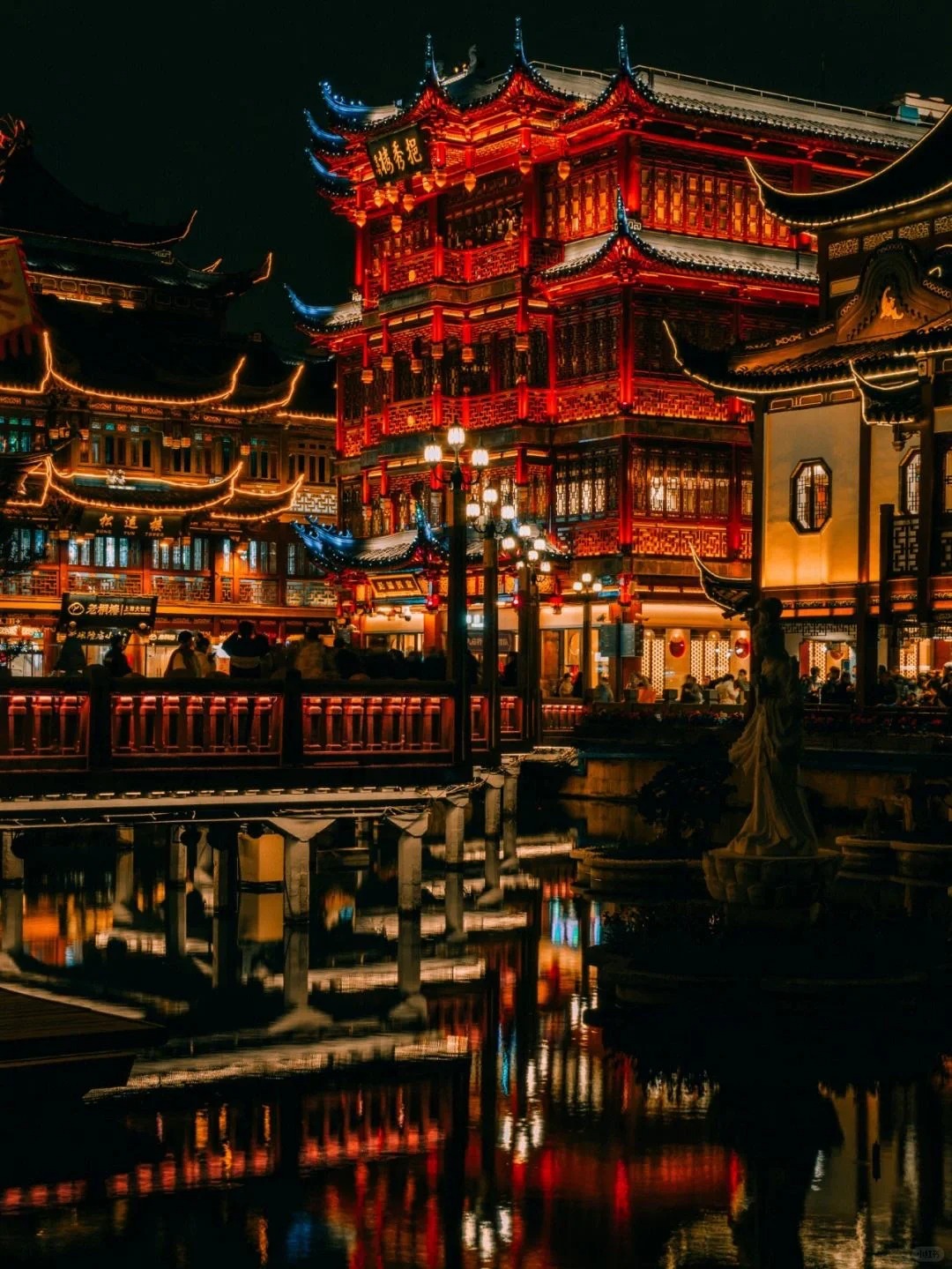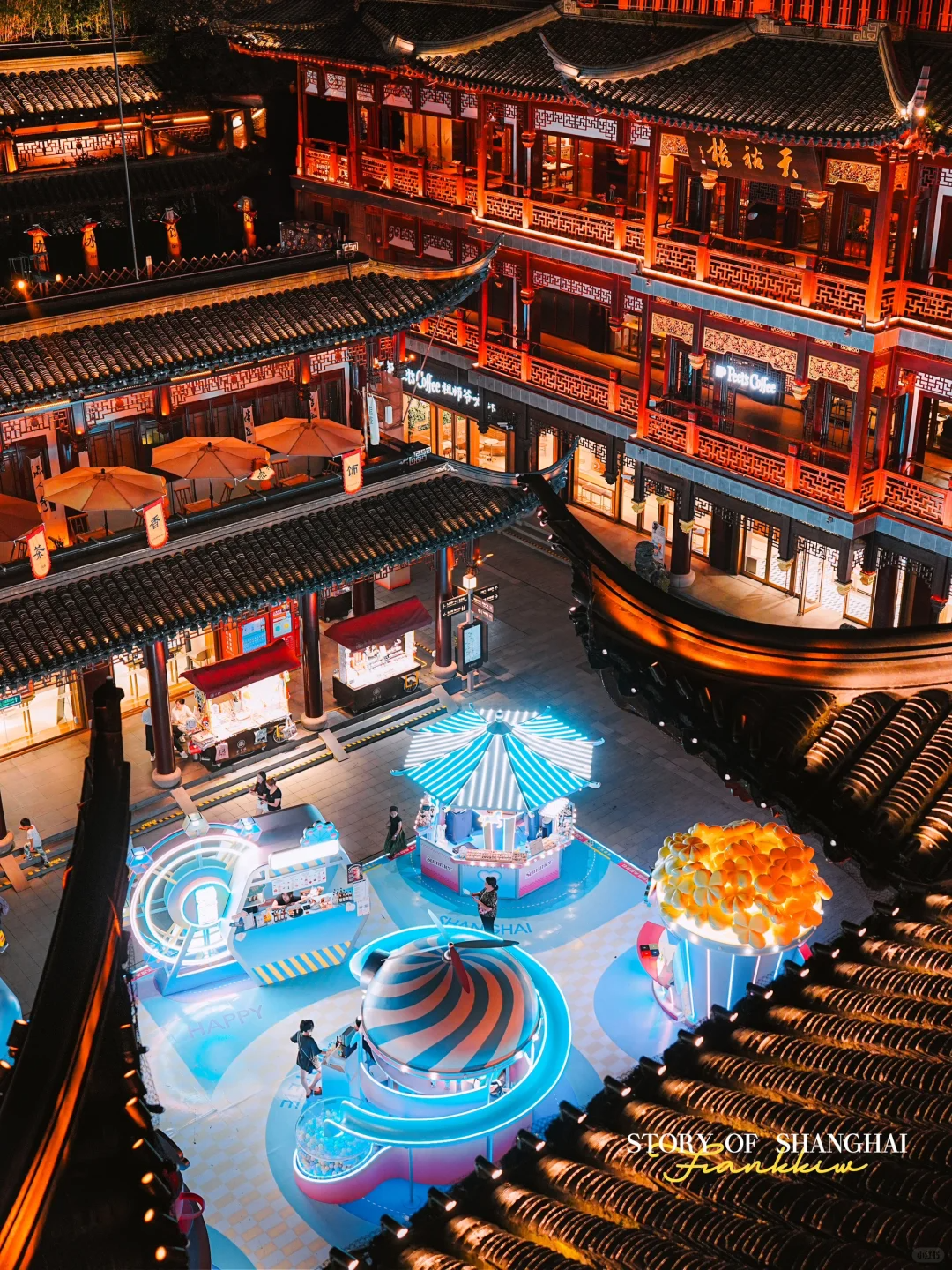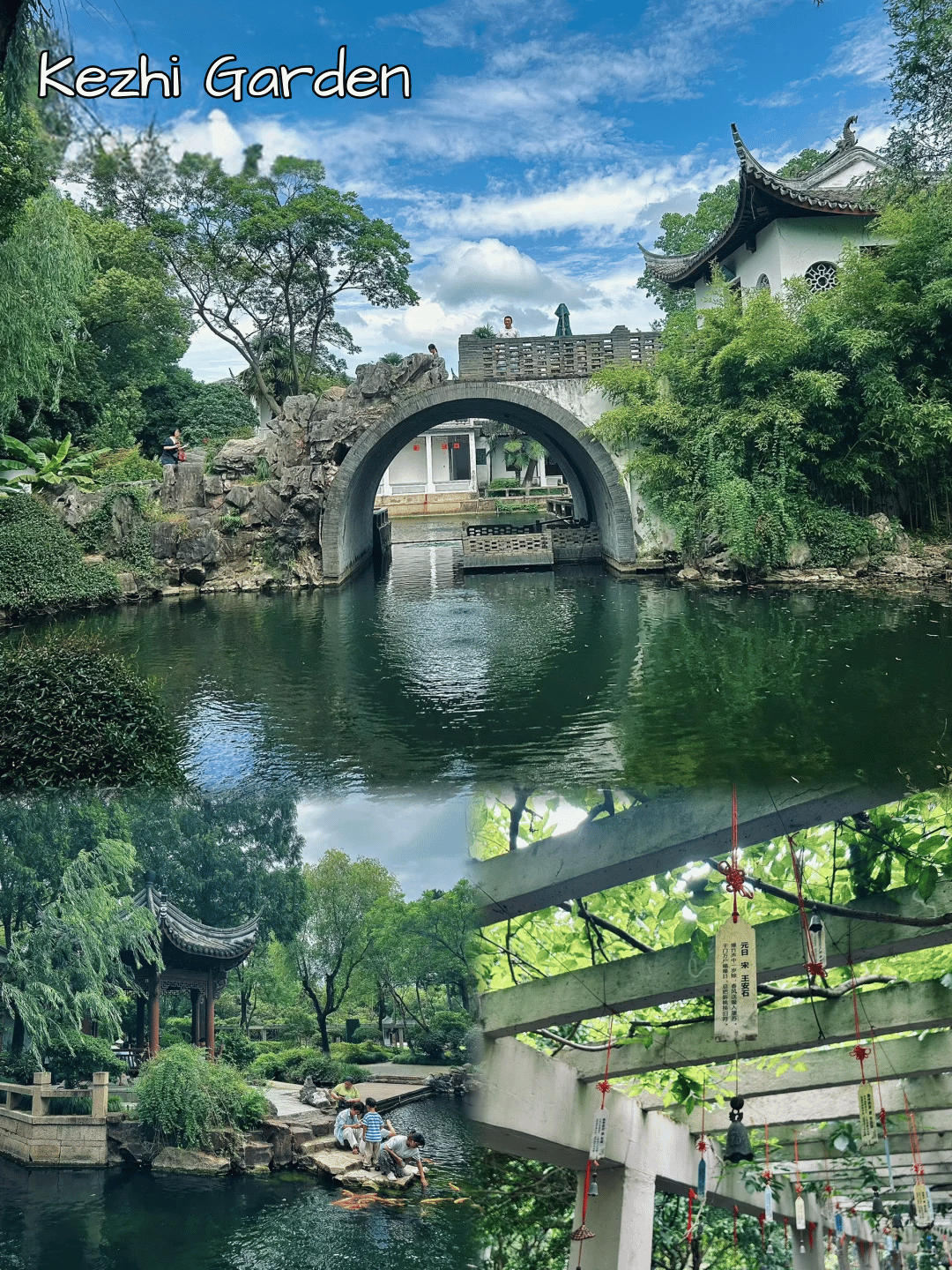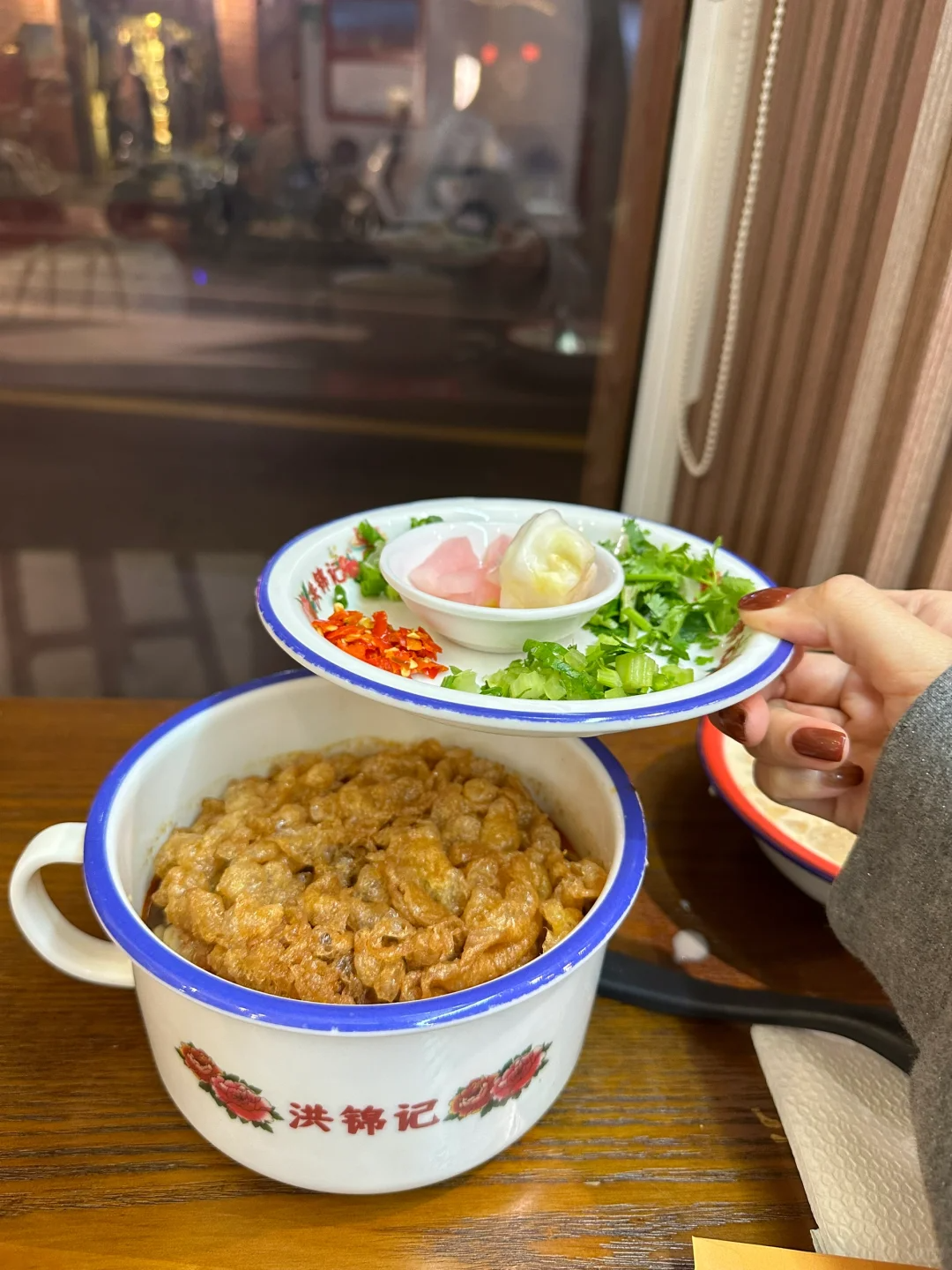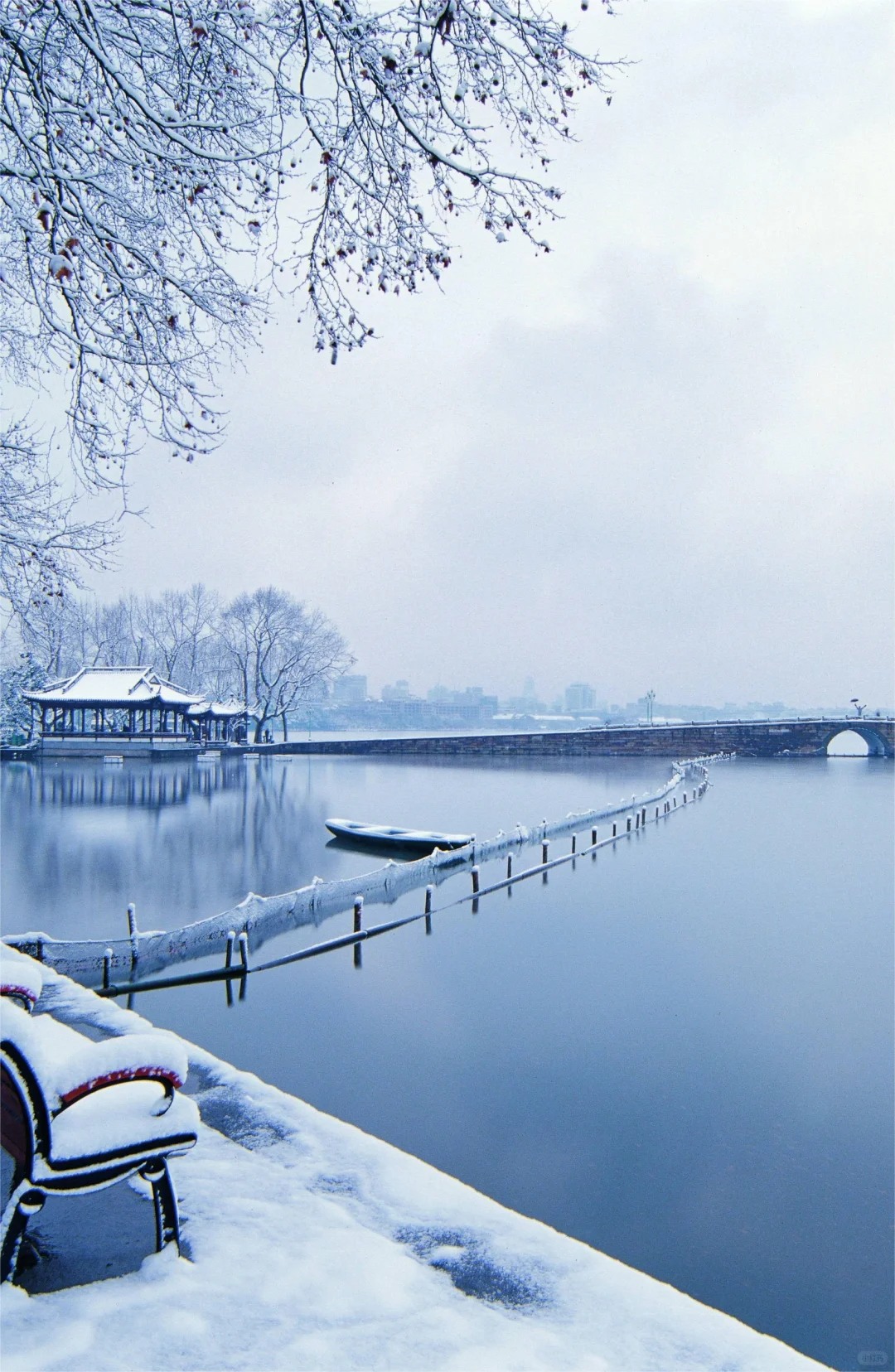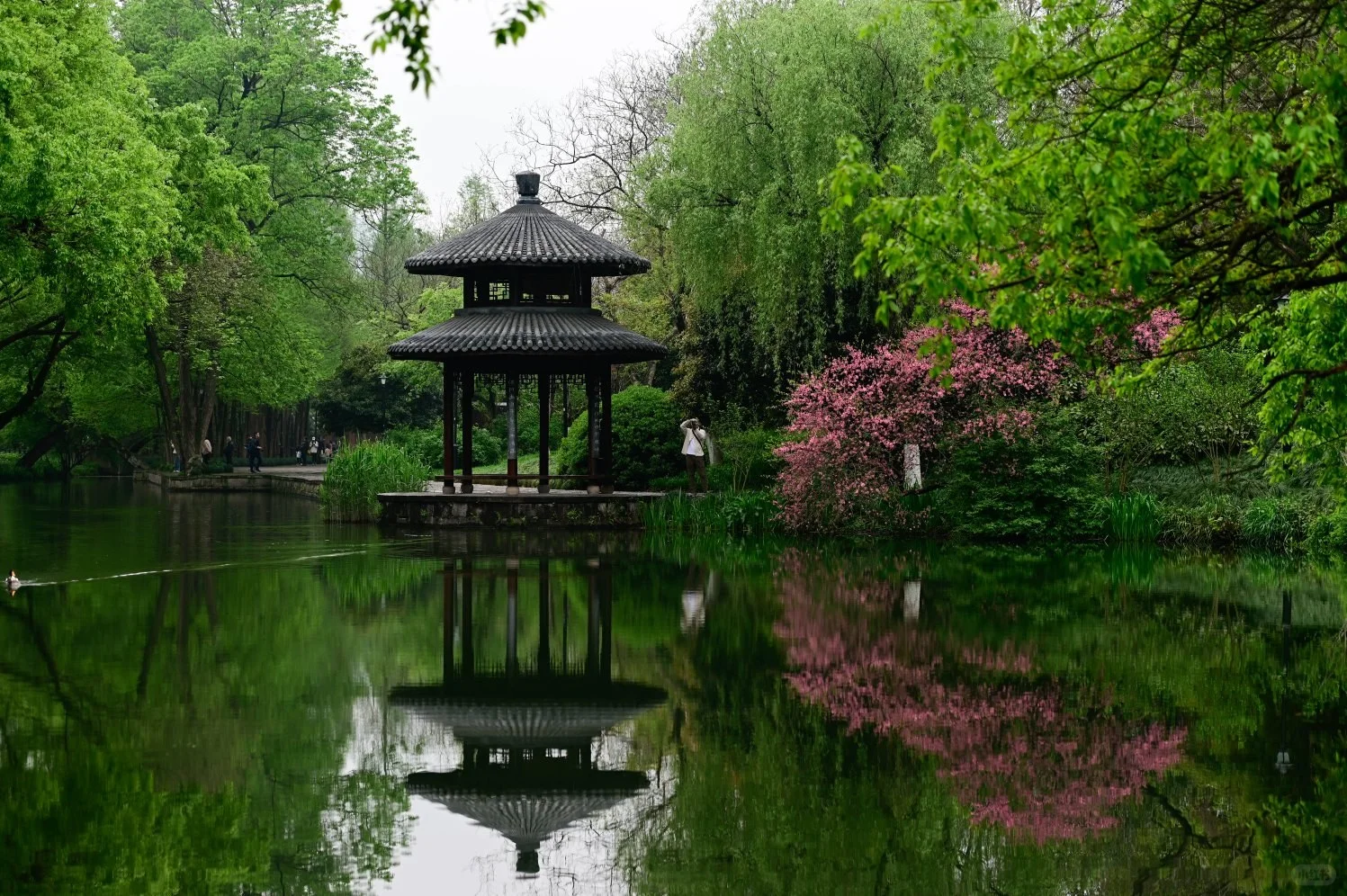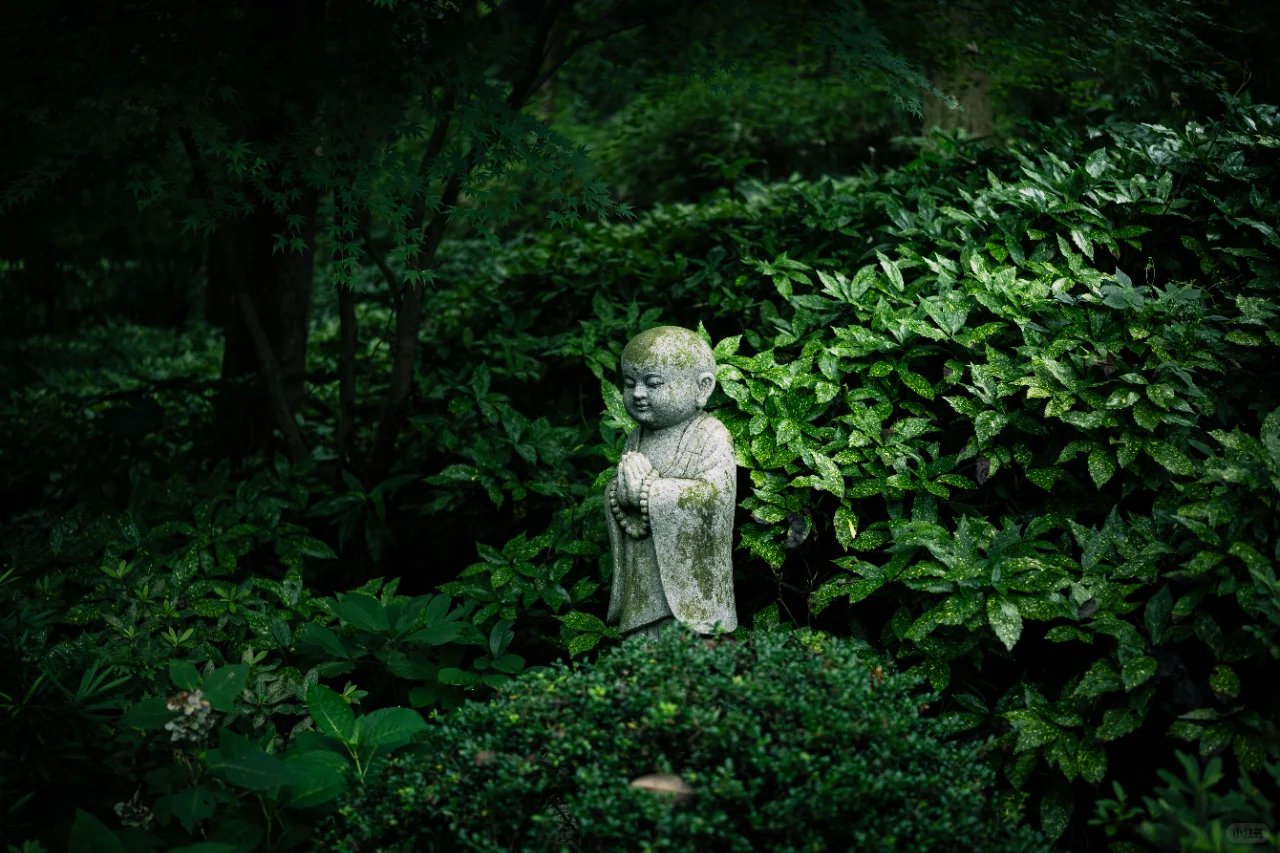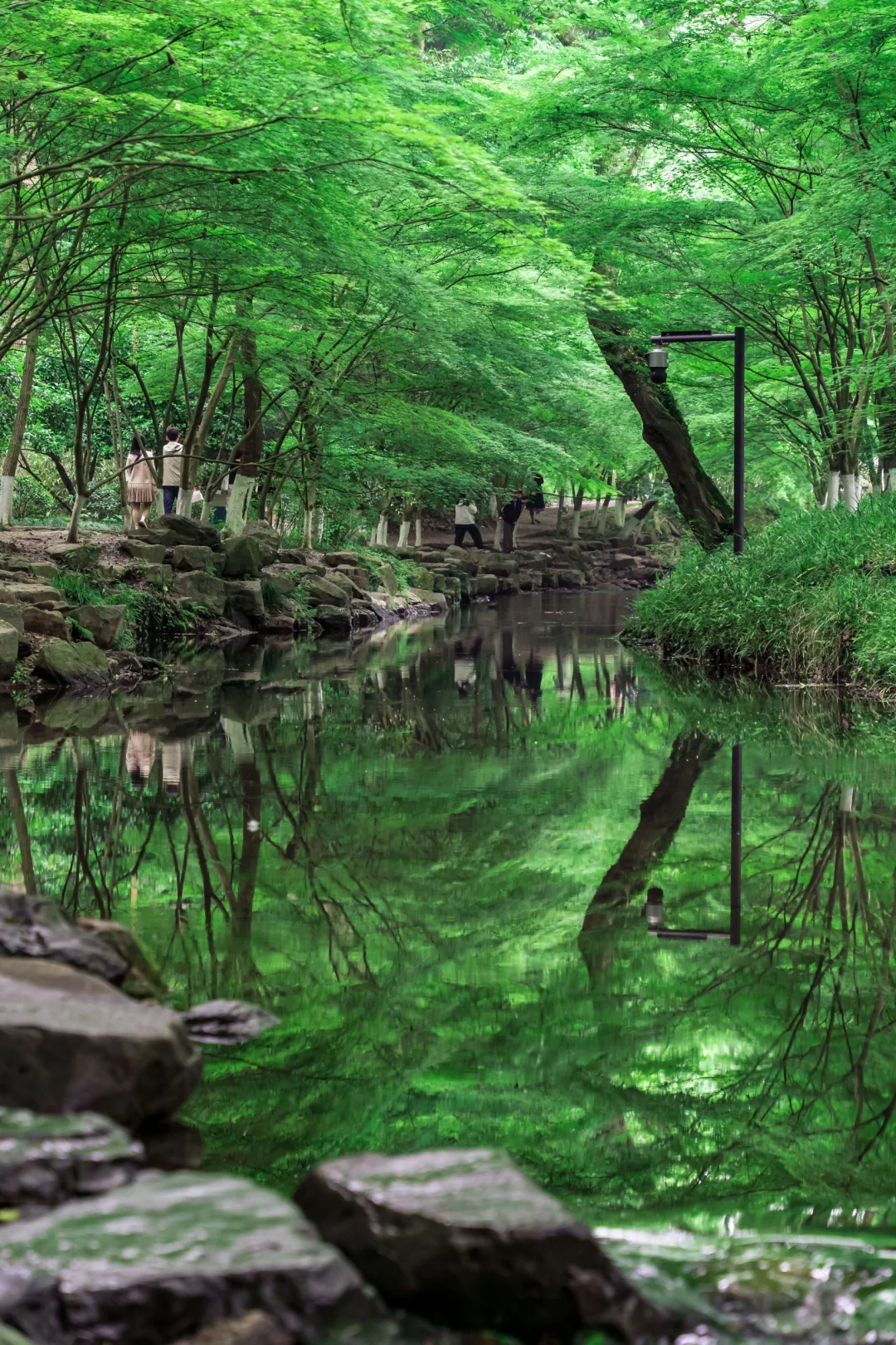What You Must Know About Yu Garden
Shanghai City Walk: What You Must Know About Yu Garden 🏯
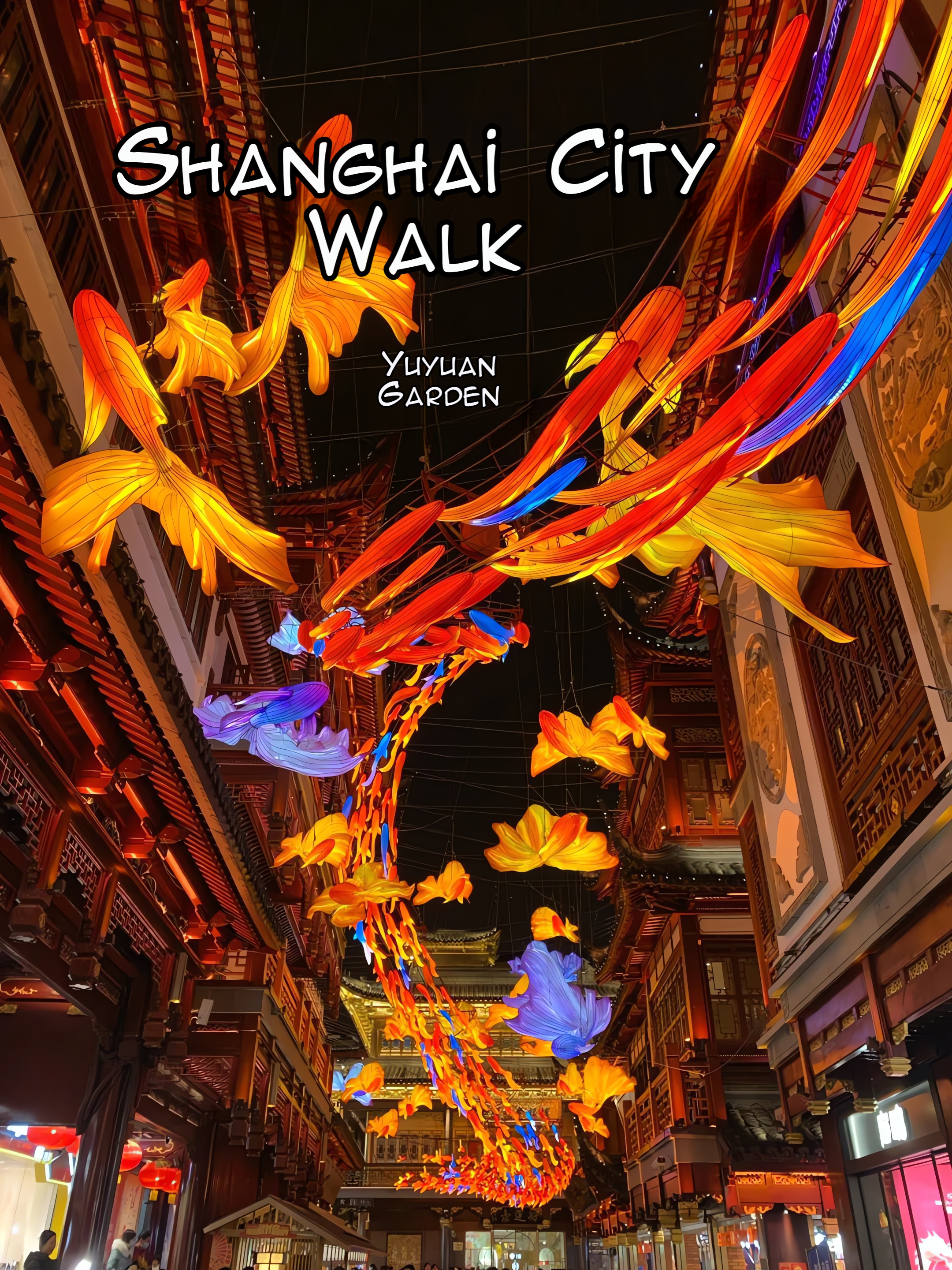
Yu Garden (豫园) is located at 168 Fuyou Road, Huangpu District, Shanghai, and is a renowned Jiangnan-style classical garden.
Yu Garden was originally built during the Jiajing and Wanli reigns of the Ming Dynasty, with a history spanning over 400 years. The garden’s owner, Pan Yunduan, commissioned Zhang Nanyang, a famous garden designer of the Ming Dynasty, to meticulously design the garden, naming it “Yu Garden” to express the wish for his retired father to enjoy a peaceful old age. However, after the Pan family’s decline, the garden changed hands several times. From the late 19th century until the founding of the People’s Republic of China, the garden suffered severe damage due to modern wars and the Cultural Revolution’s “Destroy the Four Olds” campaign. After multiple restorations from 1956 to 1986, Yu Garden officially opened to the public in 1961.
The restored Yu Garden retains the grand layout emphasizing harmony and coexistence typical of traditional classical gardens, while also incorporating functional, practical, and decorative features of Shanghai-style gardens. Covering more than 30 acres, Yu Garden is divided into six major scenic areas: Sansui Hall Scenic Area (三穗堂), Wanhua Tower Scenic Area (万花楼), Dianchun Hall Scenic Area (点春堂), Huijing Tower Scenic Area (会景楼), Yuhua Hall Scenic Area (玉华堂), and the Inner Garden Scenic Area (内园景区). Key attractions within the garden include the Jade Rock (玉玲珑), the Ancient Stage (古戏台), and the Watchtower (观涛楼).
The landscape of Yu Garden (豫园) is rich with unique features, including variously shaped rockeries, clear lakes, and lush greenery. The architecture is also distinctive, with doors and windows made mostly of redwood, intricately carved with delicate openwork patterns. The eaves are layered and extend outward, with red lanterns hanging below, creating a subtle scholarly atmosphere inside, adorned with ancient ink paintings and openwork furniture.
Transportation:
- Metro: Take Metro Line 10 to Yuyuan Station and walk to the garden.
- Bus: Take Bus 64/736/911/930 to Xinbeimen Bus Stop and walk to the garden.
When visiting Yu Garden, be sure to pay special attention to the following attractions:
- Wanhua Tower (万花楼): A significant building within the Wanhua Tower Scenic Area, known for its exquisite interior decor. 🌸
- Treasured Tower (藏宝楼): One of the garden’s distinctive buildings. 🏯
- Jade Rock (玉玲珑): One of the three famous rocks in Jiangnan, known for its “slender, wrinkled, and perforated” characteristics. When incense is lit underneath, smoke emerges from every pore—a truly magical sight. 🪨
- Dianchun Hall (点春堂): Once the command center of the Small Sword Society Uprising in Shanghai. 🗡️
- Ancient Stage (古戏台): More than just architecture, it serves as a cultural exhibition stage. 🎭
Here’s a suggested route for touring Yu Garden (豫园):
Main Entrance—Inscription Stone—Sansui Hall (三穗堂)—Yangshan Hall (仰山堂)—Iron Lion (铁狮子)—Gradual Bliss (渐入佳境)—Cui Xiu Hall (萃秀堂)—Fish Fun Pavilion (鱼乐榭)—Returning Corridor (复廊)—Wanhua Tower (万花楼)—Treasured Tower (藏宝楼)—Study Garden (学圃)—Dianchun Hall (点春堂)—Performance Stage (打唱台)—Listening to Orioles Pavilion (听鹂亭)—Hexu Hall (和煦堂)—Laojun Temple (老君殿)—Huijing Tower (会景楼)—Nine Lions Pavilion (九狮轩)—Flowing Wine Pavilion (流觞亭)—Three Zigzag Bridge (三曲桥)—Yuhua Hall (玉华堂)—Jade Rock (玉玲珑)—Listening to Waves Pavilion (听涛阁)—Huanbi Tower (涵碧楼)—Inner Garden (内园)—Serene View (静观)—Nine Dragons Pond (九龙池)—Possible View Pavilion (可以观)—Another Heaven Pavilion (别有天)—Also Boat Pavilion (亦舫)—Soaring Green Pavilion (耸翠亭)—Watchtower (观涛楼)—Curved Garden (曲苑)—Ancient Stage (古戏台)—West Exit (西出口). 🚶♂️
